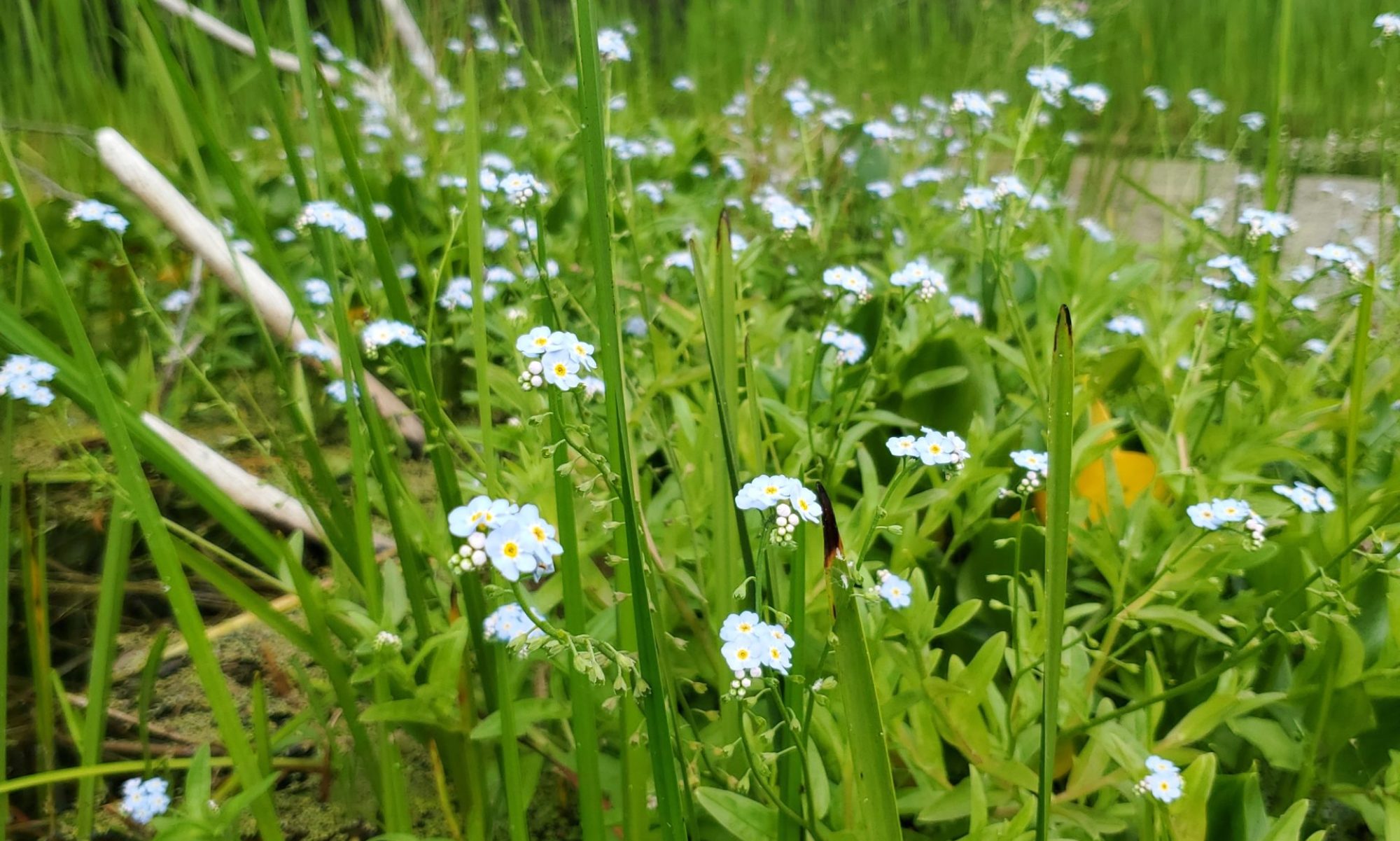Educators implement effective planning, instruction, assessment and reporting practices to create respectful, inclusive environments for student learning and development.
I have found the process of planning and preparing for an activity to be both daunting and exciting. Daunting because, if the students had never engaged with a similar activity before, there is a chance it could be a total flop. Exciting because if it goes well, and if all students get something out of it, then everyone walks away having learned something to carry them forward.
Regardless of the planning and preparation that has gone into a lesson, there is always a possibility that it might not work as well as you planned, primarily because all groups of learners are different in a variety of ways. The important thing to remember, however, is that if you take Standard 5 into account and incorporate it into each step of the process from ideation all the way to wrap-up, the activity becomes a shared experience that all members of the room were able to take part in.
I have learned that an inclusive environment for student learning and development comes from an educator and school community that take the time to think of each individual learner before beginning an activity. One year ago I might have been terrified by the thought of knowing and truly understanding 28 different children to the point of being able to cater to their different needs and likes, but now, with some practice, it has become more natural than I had originally thought it would.
The key to Standard 5 is to take the time and put in the effort to truly get to know each of the students. This goes far beyond ice-breaker activities and learning what their favourite colour is but involves observation for long periods of time to recognize patterns in behaviour, likes, dislikes, and potential triggers. I have found throughout the course of my 10-week practicum that by caring about my students and their learning journey, I paid attention to these delicate aspects of their day-to-day lives in school. Because of this care, I found myself getting better results and engagement in my lessons from the students and found the planning and preparation stages themselves to be easier.
For example, I had a student whose stretches were reading and writing, and because of this she often had a lot of extra support throughout the day to work on these literacy skills. So, when it came time for a reading or writing portion of one of my own lessons, I was often met with harsh resistance from her and a refusal to participate in the lesson. After I encountered this behaviour a few times, resulting in frustration from both myself and the student, I took some time to re-evaluate and differentiate. So, the next time I had an activity that she was resistant to, I offered to have her come sit near me and to work on it together. We took turns reading one sentence at a time each, and then did the same for writing. This new process seemed to encourage the student greatly, and I was able to see that she had an incredible mind and was able to develop a deep understanding of the material, but just had a tough time expressing what she had learned through writing.
Now, I know that this practice is not sustainable because I cannot only help one student and leave the other 27 to figure it out themselves, but this discovery did alter my lesson planning process each step of the way. I would plan the more literacy heavy lessons during times where I knew there would be other adults in the room so that if she hit her “wall” and became resistant, someone would be able to sit down with her and guide her through. I also used this experience as a reminder to keep track of how much reading and writing the students were doing throughout the day so that they were not completely overloaded. This new thought process encouraged me to incorporate more body breaks, art, ADST, and collaboration into my lessons.
